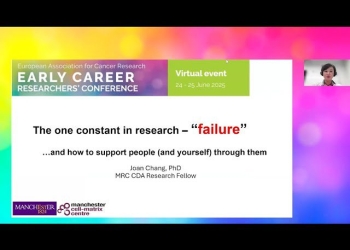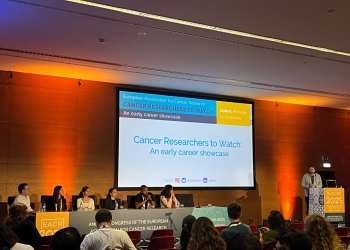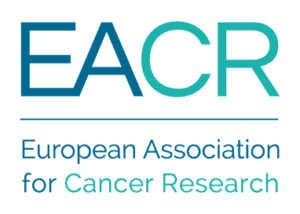The EACR’s Top 10 Cancer Research Publications is a regular summary of the most interesting and impactful recent papers in cancer research. It is curated by the Board of the European Association for Cancer Research (EACR).
The list below appears in no particular order, and the summary information has been provided to us by the authors.
Use the dropdown menu or ‘Previous’ and ‘Next’ buttons to navigate the list.
K.K.Dijkstra, C.M.Cattaneo et al., Cell volume 174, issue 6, pages 1586-1598.e12
Brief summary of the findings
The success of immunotherapies aimed at reinvigorating tumor-reactive T cells has spread from melanoma to epithelial tumor types, including non-small cell lung cancer (NSCLC) and mismatch repair deficient colorectal cancer (dMMR CRC). However, clinical response varies between patients. Patient-specific model systems to study what determines sensitivity or resistance have been lacking due to the low efficiency of establishing tumor cultures.
Tumor organoid cultures are 3D cultures retaining morphological and genetic features of the original tumor. Importantly, they can be established with high success rate. We therefore evaluated whether tumor-reactive T cells can be generated from peripheral blood by co-culturing circulating lymphocytes with autologous tumor organoids. Using tumor organoids derived from NSCLC and dMMR CRC, in approximately ~50% of MHC-I+ samples, a population of tumor-reactive CD8+ T cells were induced after two weeks of co-culture. These T cells were largely specific for tumor antigens, as reactivity was also seen against single cell digest of the original tumor, but not against healthy colon or airway organoids from the same patient. In all four cases tested, induced T cells killed tumor organoids in an MHC-dependent manner.
Future impact of the findings
The co-culture system we describe represents a potential minimally invasive source of patient-specific tumor-reactive T cells that could be used for adoptive T cell transfer therapy, bypassing the need for samples derived from surgical resection.
Furthermore, the system allows the investigation of different aspects of the interaction between T cells and tumor cells. Mechanisms of resistance to T cell pressure can be dissected and studied at different time points during treatment, providing a means to test effective combinations of therapies at the level of the individual patient.









